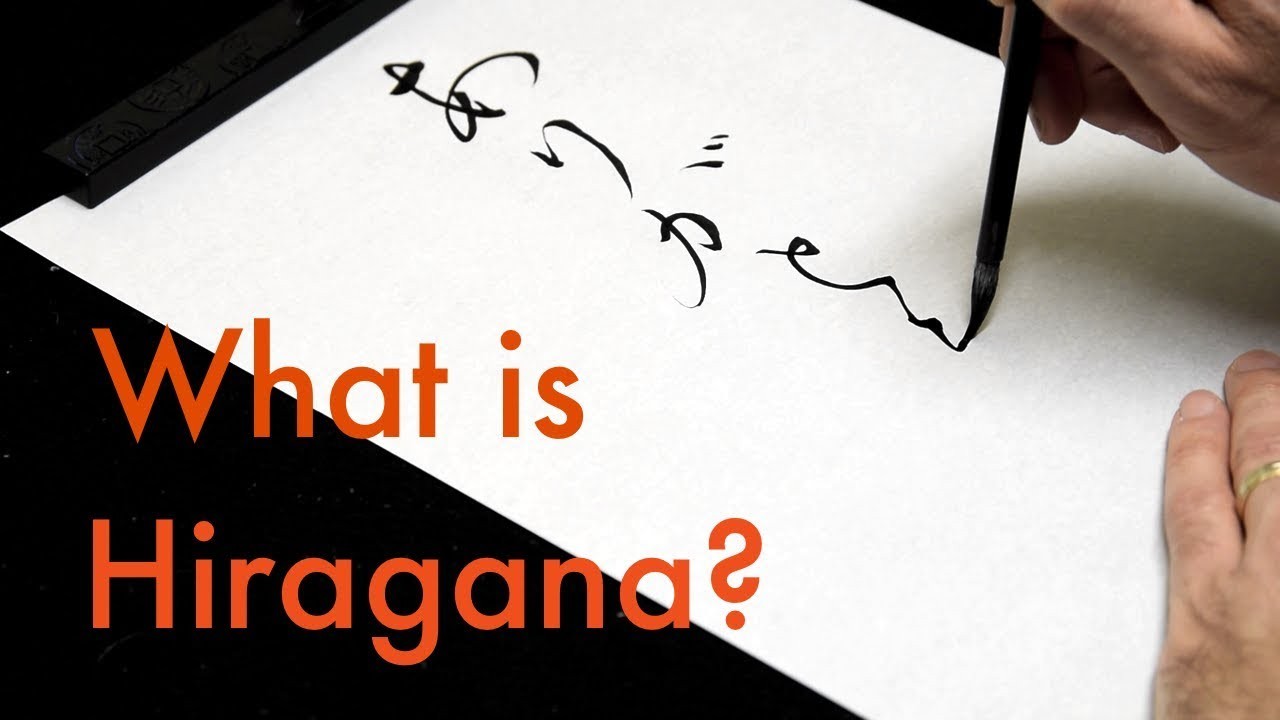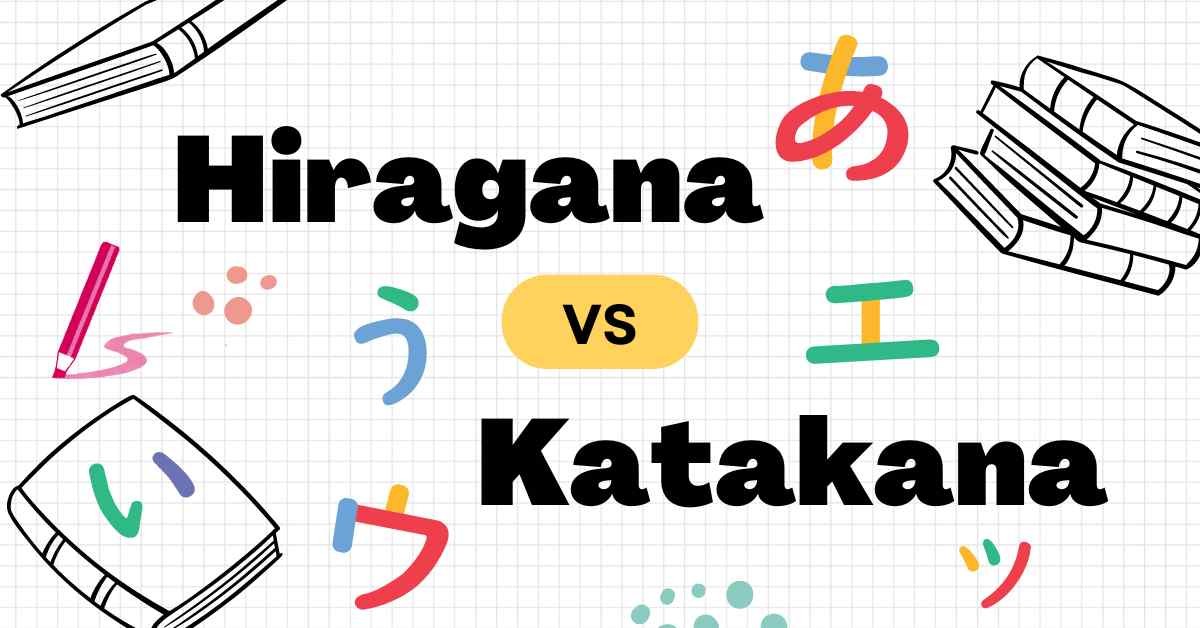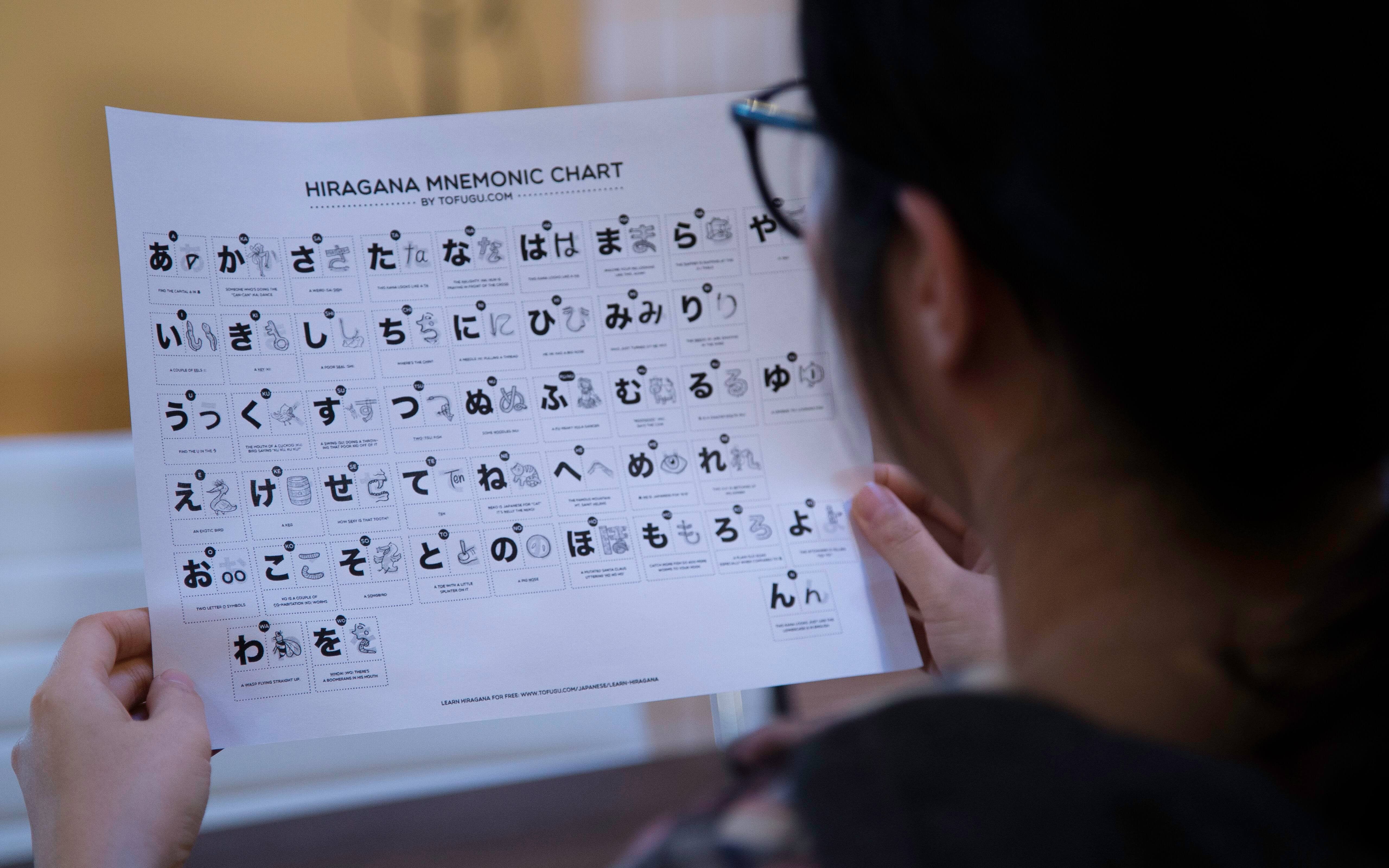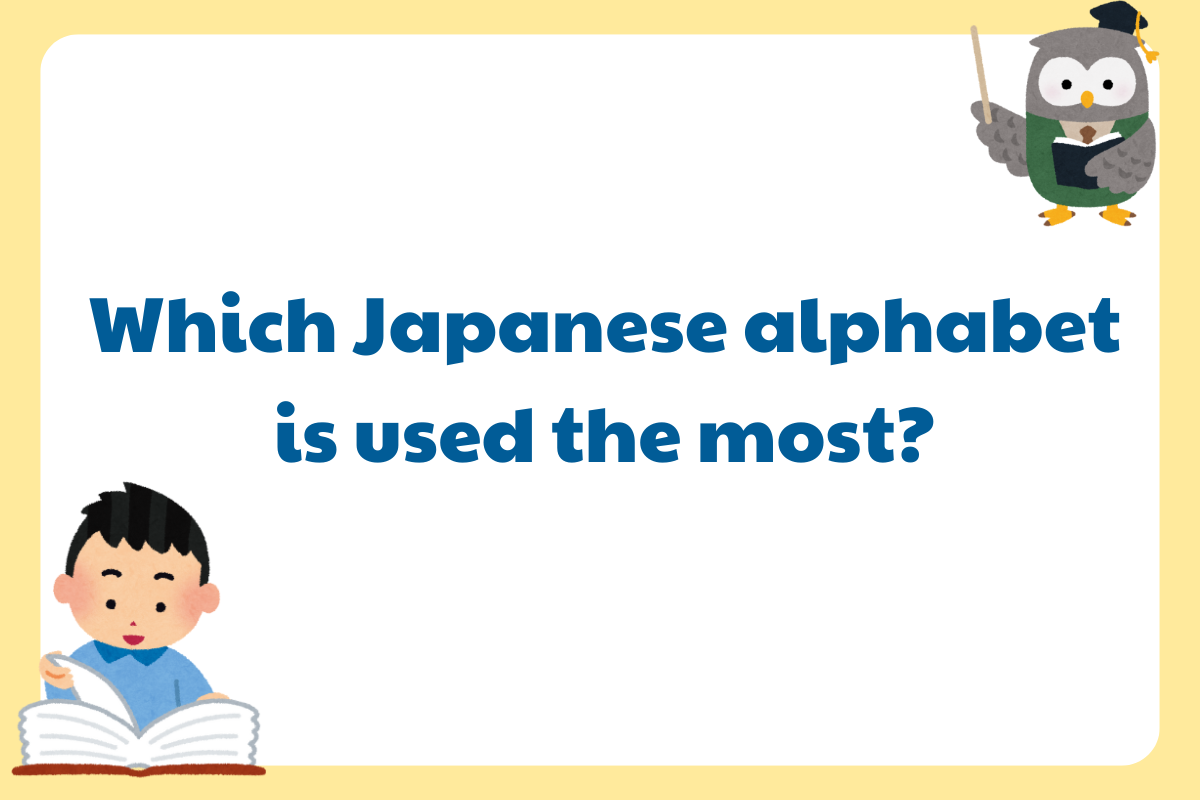- What is Hiragana?
- When to Use Hiragana
- What is Katakana?
- When to Use Katakana
- Key Differences Between Hiragana and Katakana
- Tips for Learning Hiragana and Katakana
- 1. Practice Writing
- 2. Use Flashcards
- 3. Leverage Apps
- 4. Read Simple Texts
- 5. Differentiate by Purpose
- Frequently Asked Questions (FAQs)
Learning Japanese can be exciting but challenging, especially when understanding when to use Hiragana vs Katakana and how each fits into the Japanese writing system. Hiragana and Katakana are essential components of Japanese writing, each serving unique purposes that learners need to understand. This guide will clarify the key differences between Hiragana vs Katakana, providing clear explanations and examples to boost your learning journey.
What is Hiragana?
Hiragana is one of the three main writing systems in Japanese, and understanding its differences from Katakana is crucial for beginners. For more details, check out our guide on how many Hiragana are there. Due to its foundational role in Japanese grammar, it’s the first script taught to children and beginners.
💡 Struggling to remember Hiragana? Learn effective techniques on how to memorize Hiragana and boost your learning speed!

When to Use Hiragana
Grammatical Elements: Hiragana is used to write grammatical components such as particles (e.g., は, が, を) and verb conjugations.
Example: 私は大学に行きます (わたしはだいがくにいきます) – "I go to the university."
Native Japanese Words Without Kanji: Words that do not have Kanji or whose Kanji is rarely used are written in Hiragana.
Example: さくら (さくら) – "cherry blossom."
Furigana for Kanji: Hiragana is often placed above or beside Kanji to indicate pronunciation, especially for beginners or children. You can explore more about its uses in our article on what is Hiragana used for.
Children’s Literature and Informal Writing: Books for young readers and informal communication often use Hiragana for simplicity.
💡 Want to improve your writing skills? Check out our step-by-step guide on how to write Hiragana to perfect your strokes and handwriting!
What is Katakana?
Katakana is another Japanese writing system, distinct from Hiragana, and is known for its angular and sharp shapes. Curious about Katakana? Learn more in our article on how many Katakana are there. It is primarily used to represent non-native words and specialized contexts.
Kana Development Chart
When to Use Katakana
Loanwords and Foreign Terms: Katakana is used for words borrowed from other languages.
Example: コンピューター (こんぴゅーたー) – "computer."
Foreign Names and Places: Names and places from other countries are written in Katakana.
Example: アメリカ (あめりか) – "America."
Onomatopoeia and Emphasis: Sound effects and words for emphasis are often written in Katakana.
Example: ワンワン (わんわん) – "woof woof" (dog sound).
Scientific and Technical Terms: Many scientific names, technical terms, and brand names are written in Katakana.
Example: マイクロフォン (まいくろふぉん) – "microphone."
Maybe you also liked : What is hello in japanese
Key Differences Between Hiragana and Katakana
|
Aspect |
Hiragana |
Katakana |
|
Purpose |
Native Japanese words and grammar |
Loanwords, names, and specialized terms
|
|
Shape |
Curvy and soft |
Angular and sharp |
|
Common Usage |
Everyday writing and children’s materials |
Foreign terms and onomatopoeia |
|
Examples |
さくら (sakura – cherry blossom) |
テレビ (terebi – television) |
Tips for Learning Hiragana and Katakana
1. Practice Writing
Write each character repeatedly to build muscle memory and recognize shapes faster.
Want to speed up the writing process? Learn the correct stroke order with our guide on how to write Hiragana!
2. Use Flashcards
Create flashcards with Hiragana and Katakana characters to test your recognition.
3. Leverage Apps
Use language-learning apps with interactive lessons for Hiragana and Katakana.
4. Read Simple Texts
Start with children’s books or beginner-friendly materials to practice reading.
5. Differentiate by Purpose
Always remember that Hiragana is for native Japanese words and grammar, while Katakana is for loanwords and special contexts.
Wondering how long it takes to master Hiragana? Check out our guide on how long does it take to learn Hiragana to set realistic study goals!
Frequently Asked Questions (FAQs)
Can I Use Katakana Instead of Hiragana?
No, each script serves a unique purpose. Substituting one for the other can cause confusion and change the meaning of sentences.
Is It Necessary to Learn Both Scripts?
Yes, mastering both Hiragana and Katakana is essential to fully understanding Japanese writing and communication.
Which Script Should I Learn First?
It’s recommended to learn Hiragana first because it’s more commonly used in basic grammar and vocabulary.
Understanding when to use Hiragana vs Katakana is crucial for mastering Japanese, as each script serves unique purposes essential for effective communication. Hiragana is used for grammar and native words, while Katakana is reserved for loanwords and special terms. By mastering the uses of Hiragana and Katakana, you’ll enhance your language skills and communicate more effectively in various contexts. Start practicing today and unlock the beauty of the Japanese language!







